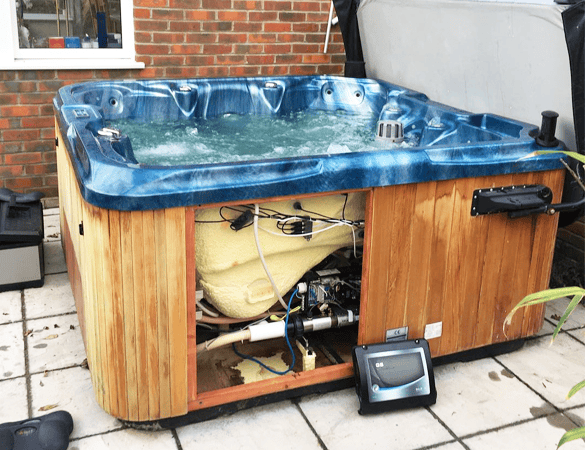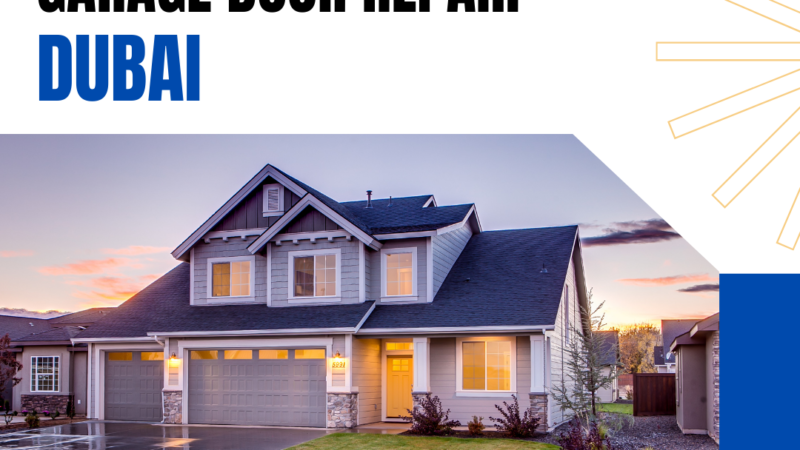How to Install an HVAC System That’s Eco-Friendly

As climate change concerns continue to grow, homeowners and businesses alike are looking for ways to reduce their carbon footprint. One of the most impactful ways to do this is by opting for an eco-friendly HVAC system. HVAC system installation plays a crucial role in improving energy efficiency, reducing environmental impact, and cutting down long-term costs. But how do you ensure that your system is as green as possible? This guide will walk you through the process, from choosing the right system to installation and maintenance tips.
Why Choose an Eco-Friendly HVAC System?
Lower Energy Consumption
Traditional HVAC systems are known for their high energy consumption. Energy-efficient systems, such as those with Energy Star ratings, significantly reduce electricity use, leading to lower utility bills and a reduced carbon footprint.
Environmentally Friendly Refrigerants
Older HVAC units use refrigerants like R-22, which contribute to ozone depletion. Modern eco-friendly systems use environmentally safe refrigerants such as R-410A and R-32, which are less harmful.
Government Incentives
Many governments offer tax credits, rebates, and incentives for installing energy-efficient HVAC systems. These programs make upgrading to an eco-friendly system more affordable.
Improved Indoor Air Quality
Eco-friendly HVAC systems come with advanced filtration technologies that reduce allergens, pollutants, and harmful chemicals, ensuring cleaner air inside your home or business.
Steps for Eco-Friendly HVAC System Installation
1. Assess Your Heating and Cooling Needs
Before purchasing an HVAC system, assess your home’s size, insulation levels, and climate conditions. An oversized or undersized system can lead to inefficiencies, higher costs, and increased energy consumption.
2. Choose the Right Energy-Efficient System
Look for systems with high SEER (Seasonal Energy Efficiency Ratio) and AFUE (Annual Fuel Utilization Efficiency) ratings. The higher these ratings, the more efficient the system. Consider energy-efficient options such as:
- Geothermal Heat Pumps: Utilize the earth’s stable temperature to provide heating and cooling.
- Ductless Mini-Split Systems: Offer zoned heating and cooling with minimal energy waste.
- Variable-Speed Systems: Adjusts airflow based on demand, reducing energy use.
3. Select Eco-Friendly Ductwork and Insulation
Leaky ducts can result in up to 30% energy loss. Ensure ducts are properly sealed and insulated with eco-friendly materials such as recycled fiberglass or wool insulation.
4. Proper Placement for Maximum Efficiency
Placement matters! Install the outdoor unit in a shaded area to prevent overheating and ensure proper airflow around it. Indoor units should be installed away from direct sunlight and heat sources.
5. Use Smart Thermostats
Smart thermostats optimize temperature settings based on your habits, reducing unnecessary energy consumption. Models like Nest or Ecobee allow remote access and learning capabilities.
6. Ensure Proper Installation
7. Regular Maintenance and Upgrades
Routine maintenance such as cleaning filters, checking refrigerant levels, and inspecting ducts ensures optimal performance. Consider upgrading to newer, more efficient parts when needed.
Real-Life Example: How One Homeowner Reduced Energy Costs by 40%
John, a homeowner in Arizona, replaced his outdated HVAC unit with a geothermal heat pump. He also added a smart thermostat and upgraded his ductwork. Within a year, he noticed a 40% reduction in his energy bills and a significant improvement in indoor air quality. This real-life example proves how strategic HVAC upgrades can lead to substantial savings and environmental benefits.
FAQs
1. What is the most eco-friendly HVAC system?
The most eco-friendly systems include geothermal heat pumps, solar-powered HVAC units, and high-efficiency heat pumps.
2. How much does an energy-efficient HVAC system cost?
Costs vary based on system type, size, and brand. While eco-friendly options may have higher upfront costs, they provide long-term savings through reduced energy bills and maintenance costs.
3. Can I install an eco-friendly HVAC system in an old house?
Yes! Retrofitting an older home with an energy-efficient HVAC system is possible. Proper insulation and sealing duct leaks are crucial for maximizing efficiency.
4. Do smart thermostats really save energy?
Absolutely! Smart thermostats can cut energy use by up to 20% by adjusting temperatures based on your habits and weather conditions.
5. Are there tax credits for installing an eco-friendly HVAC system?
Yes, many governments offer tax credits, rebates, and incentives. Check with local energy programs for available savings opportunities.
Conclusion
Installing an eco-friendly HVAC system is a smart investment for your home, your wallet, and the planet. By choosing the right energy-efficient system, ensuring proper HVAC system installation, and maintaining it regularly, you can enjoy long-term savings and a reduced carbon footprint. If you’re considering upgrading your system, consult a certified HVAC professional to explore the best options for your home. Ready to make the switch? Start today and enjoy a greener, more comfortable living space!





